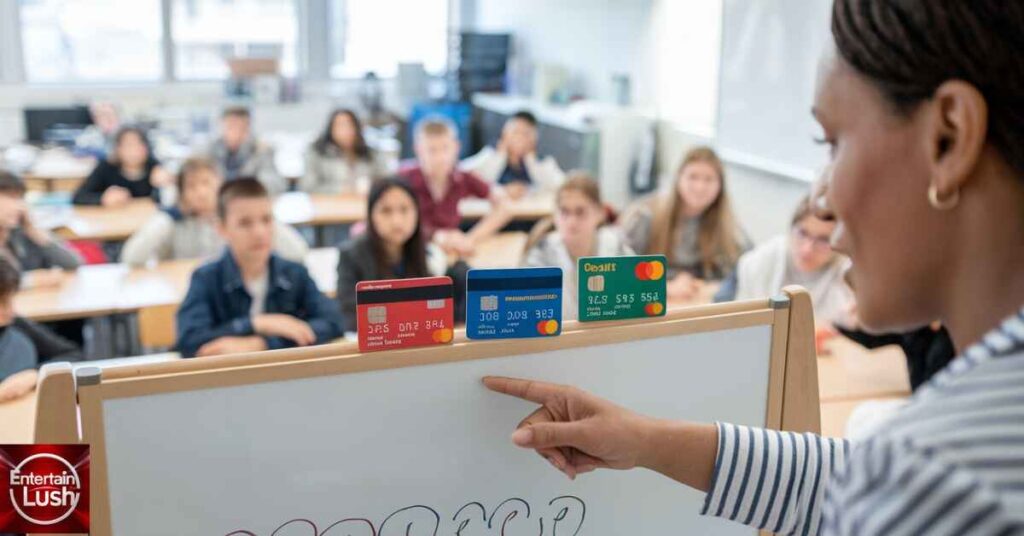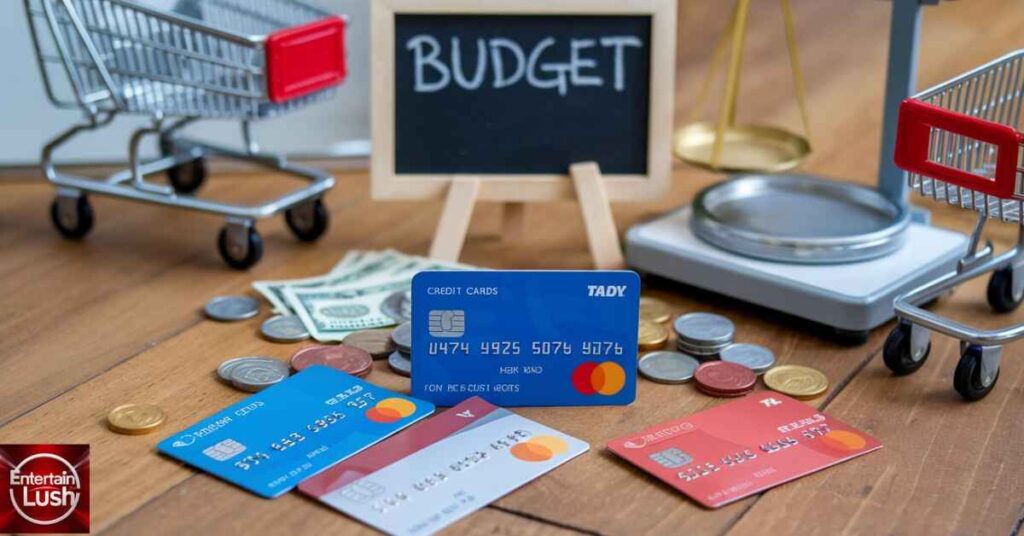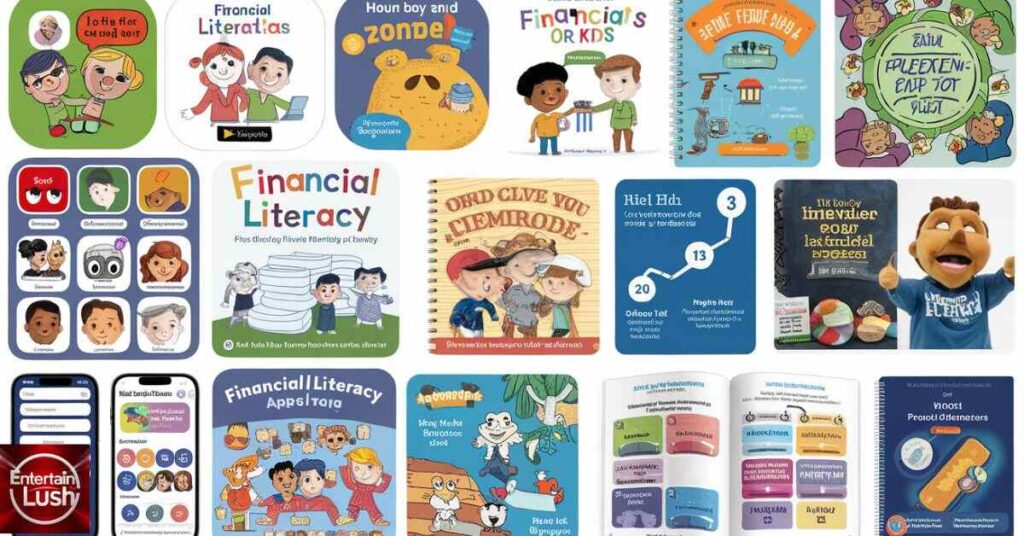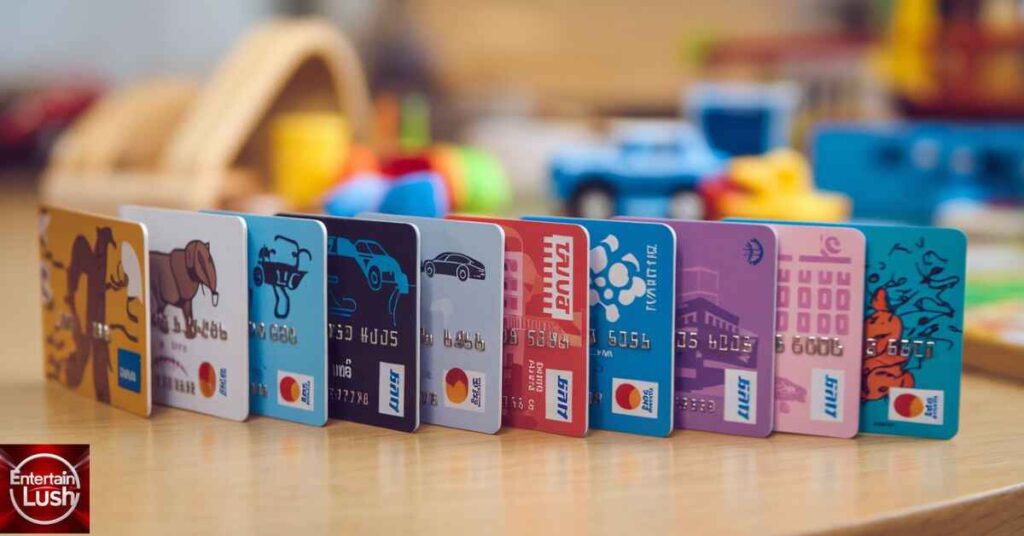Many parents and educators struggle to find effective tools for teaching children about money. Conventional methods often fall short, failing to engage kids or make financial concepts relatable. This lack of effective resources can result in children growing up with poor money management skills. Toy credit card offer a practical solution by providing an interactive and engaging way to introduce financial concepts.
They simulate real-life financial scenarios, helping children learn about spending, saving, and budgeting in a fun and accessible manner. This guide explores how toy credit cards can transform money education for kids.
What Are Toy Credit Cards?
These are miniature versions of real credit cards made for children. They are usually plastic cards that look like real ones but have no financial value. These cards aim to make learning about spending and saving enjoyable for children. These often come in playsets with pretend money or toy cash registers. They are safe and educational, helping children learn about money management.
History and Evolution of Toy Credit Cards
Toy credit card first appeared in the 1980s as part of play cash register sets. They were basic plastic cards designed to resemble actual credit cards. Over time, toy credit cards evolved to include more realistic features. By the 2000s, digital versions were introduced, offering interactive learning experiences. Today, toy credit cards can be found in both traditional and electronic forms, making them popular educational tools.
Benefits of Using Toy Credit Cards for Teaching Money Skills

The benefits of using toy credit cards for teaching money skills include fostering early financial literacy, enhancing responsibility, and promoting critical thinking through interactive learning experiences.
Encourages Early Financial Literacy
Toy credit cards help kids learn about money from a young age. They cover fundamental concepts such as spending, saving, and budgeting. Children can learn to manage money responsibly. Early exposure to these ideas helps build strong financial habits. Teaching financial literacy early is important for future money management skills.
Simulates Real-Life Financial Scenarios
With toy credit cards, kids can role-play different spending and saving situations. They can pretend to shop, pay bills, or save for a big purchase. These simulations make it easier for children to understand real-life financial decisions. It helps them see the consequences of spending and the benefits of saving.
Enhances Mathematical and Analytical Skills
Using toy credit cards helps kids practice math. They learn to add, subtract, and keep track of transactions. Balancing accounts and counting changes improve their number skills. This hands-on experience makes math fun and relevant. Understanding numbers is essential for managing money effectively.
Promotes Responsibility and Independence
These credit cards encourage kids to make their own financial choices. They learn to decide how to spend their pretend money wisely. This helps teach responsibility and accountability. Children feel more independent when they can manage their own “finances.” It prepares them for real-life money management.
Fun and Engaging Learning Tool
Toy credit cards make learning about money enjoyable. They are interactive and involve real-life scenarios. Kids find these activities entertaining, which keeps them engaged. Hands-interactive play enhances the memorability of the learning process. Fun educational tools like these help children absorb important lessons easily.
Types of Toy Credit Cards
These credit cards include plastic ones for basic role-play, electronic versions with interactive features for more engaging play, and app-integrated cards that connect to mobile apps for advanced learning.
Plastic Toy Credit Cards
Plastic toy credit cards are simple, traditional cards made for children. They look like real credit cards but are only used for play. These cards are often included in playsets with pretend money or toy registers. They are durable and easy to use but lack interactive features. They are great for basic role-play.
Electronic Toy Credit Card
Electronic toy credit cards have features like lights, sounds, and buttons. They often come with electronic cash registers or toy ATMs. These cards enhance learning by making it more interactive and realistic. Kids can simulate real transactions, which helps them understand how credit cards work. Technology improves the learning experience by increasing interactivity.
App-Integrated Toy Credit Cards
App-integrated toy credit cards work with mobile apps to offer a modern learning experience. Kids can track their pretend spending and saving on a smartphone or tablet. Parents can monitor their child’s financial activities through the app. These cards combine digital technology with traditional play, making financial learning more effective and fun.
How to Use Toy Credit Cards for Teaching Money Skills

To teach money skills with cards, set up a play store for practice, use budgeting games to show income and expenses, and create savings goals with visual trackers. Role-playing different financial situations helps children understand how to manage money effectively.
Setting Up a Play Store
Create a small pretend store at home or in a classroom. Use items like toys, snacks, or art supplies for “sale.” Let kids use the cards to buy things from the store. This helps children learn about making purchases and understanding the value of items. It makes financial learning fun and realistic.
Creating a Budgeting Game
Set up a simple game where kids receive pretend income, like an allowance. Teach them to use the cards for spending and track their expenses. Show them how to save money from their income for future needs. This game helps children understand the importance of budgeting and managing their money wisely.
Implementing Savings Goals
Use toy credit cards to teach kids about setting savings goals. Use visual aids like charts or piggy banks to monitor their savings. Motivate them to save for a specific toy or reward, which helps instil patience and the importance of saving over time. It helps kids learn to plan and prioritize their financial goals.
Role-Playing Different Financial Situations
Organize role-playing activities where kids use toy credit cards in different scenarios. Examples include buying groceries, paying bills, or saving for a vacation. Each scenario teaches a specific financial lesson, like making choices, understanding costs, or managing money. These activities help children apply what they learn to real-life situations.
Educational Resources and Tools

Financial Literacy Apps for Kids
Numerous apps are available to educate children about money. Apps like “PiggyBot” or “Bankaroo” work well with these cards. They offer interactive lessons and help kids track their pretend spending and savings. Combining these digital tools with cards to boost money skills with cards, use kid-friendly financial apps, helpful books for parents and teachers, and online courses that add fun and practical ways to learn about money. Cards make learning about money more engaging and effective.
Read This Blog: What Is National Entertainment Charge On Credit Card?
Books and Guides on Financial Literacy
Books like Money Sense for Kids and The Berenstain Bears Trouble with Money are valuable resources. They provide additional financial lessons and activities that complement cards. Reading these books helps reinforce money concepts and supports hands-on learning with toy credit cards.
Safety and Ethical Considerations
Safety and ethical considerations for these cards include making sure they are safe for kids, protecting privacy with digital cards, and balancing educational value with avoiding early consumerism.
Ensuring Safe Play with Toy Credit Cards
To ensure safe play, choose the cards made from non-toxic materials. Supervise children to prevent choking hazards from small parts. Teach kids to use the cards responsibly and explain that they have no real value. Safe play helps avoid potential misuse and ensures a fun learning experience.
Privacy Concerns with Digital Toy Credit Cards
Digital toy credit cards may collect personal data. Opt for apps that have robust privacy policies and settings suitable for the user’s age. Avoid sharing personal information and review app permissions regularly. Protecting children’s data helps ensure their safety while using interactive learning tools.
Ethical Implications of Toy Credit Cards
Using toy credit cards can sometimes encourage early consumerism. Balancing learning with ethical responsibility is crucial. Emphasize the importance of understanding money and practicing responsible spending. Ensure that financial education doesn’t promote excessive materialism but fosters smart money habits.
Also Read:Dubai First Credit Card: The Ultimate Guide to Rewards, Features, and Benefits
Collaboration with Schools and Educational Institutions
Schools are starting to use toy credit cards as part of their financial education programs. Collaborations between toy manufacturers and schools seek to improve educational experiences. These collaborations help integrate toy credit cards into curriculums, making money management skills a regular part of education.
FAQ
What are toy credit cards, and how do they work?
Toy credit cards are educational tools that look like real credit cards. They allow kids to simulate shopping and learn basic financial skills.
Why are toy credit cards effective for teaching children about money?
Toy credit cards help kids understand money management by offering hands-on practice with spending, saving, and budgeting in a playful environment.
At what age can children start using toy credit cards?
Children can typically start using toy credit cards around age 3 or 4. Always supervise their use to ensure safe learning.
What are some popular brands of toy credit cards?
Popular brands include Fisher-Price, Little Tikes, and Learning Resources, which offer kid-friendly, educational toy credit card sets.
Are electronic toy credit cards safe for kids?
Electronic toy credit cards are generally safe when used with parental supervision. Choose products with child safety features and follow privacy guidelines.
Conclusion
Toy credit cards are efficient devices that are used to teach kids about money and how to be a good manager. They give a hands-on way to learn necessary skills like budgeting, saving, and spending. Toy credit cards that simulate financial situations in real life are useful for kids to understand that good financial decisions are critical.
It is a playful device, but at the same time, it provides financial literacy since the child is involved in the transactions. These are perfect merchandise that enables parents and teachers to familiarize children with financial skills.
Toy credit cards may be used on an equal footing, both at home and in the classroom, to educate children about money excitingly and practically. Decide on this item as one of the tools that can assist your child’s financial literacy most effectively.
Mr. Dravid is the dedicated author of the business category on Entertainlush.com. With a keen eye for industry trends and a passion for insightful analysis, he delivers valuable content that empowers readers to stay ahead in the ever-evolving business landscape. His expertise ensures that every article is both informative and engaging, helping audiences navigate the complexities of the business world.







